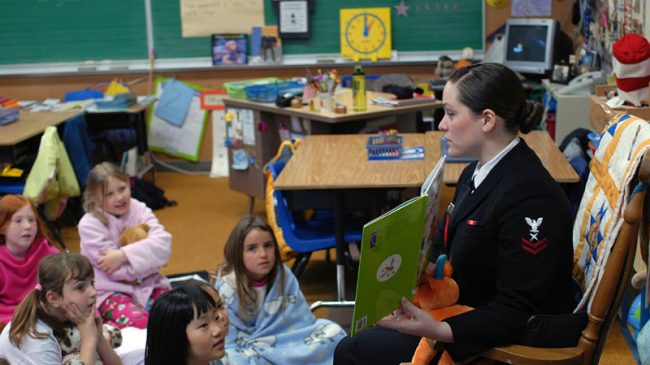A+ Schools, an education interest group in Pittsburgh, Pennsylvania, recently issued a report calling for the city’s school district to adopt student-based budgeting (SBB), citing work from the Reason Foundation.
The group’s report initially outlined the deplorable status quo. Pennsylvania’s wildly confusing education spending patterns leave an $18,000 per-student gap between the highest and lowest-funded districts in the state. The trend continues in Pittsburgh itself. The city’s school district has a $5,000 gap between the top and bottom-funded schools.
For all the variations in funding, resources don’t go where they’re most needed. The report found no statistically significant relationship between per-student funding and income level, despite federal Title I dollars meant to redress this imbalance. Given the regulatory strings attached to Title I grants, this problem is sadly not surprising or new.
Without clear funding formulas, transparency is impossible. Pittsburgh Public Schools (PPS) cannot describe how over 60% of education funding is actually spent. Like most American school districts, PPS’ complex budget hinges on the number of staff positions at each institution, which are only tangentially related to total enrollment counts. As in most districts across America, PPS funds schools through the average of these staff salaries. This set-up creates inequality between schools who have more or less experienced teachers on average (read: schools with wealthier and poorer students).
If school districts like PPS can’t easily figure out where there money is going, how can school boards or principals expect to be able to make the best decisions about where their resources can be best-used?
A+ Schools’ solution is student-based budgeting. Citing Reason’s handbook on the funding formula, the group called for education dollars to follow each child to make tracking resources easier. Extra funding weights would go to students with disadvantages such as poverty, special education, or English-language learning. This would ensure that schools get the resources they need to help their kids.
The report also called for principals to get more control over their school budgets. As the leaders closest to where their funding is being spent, it makes sense that those with the greatest local knowledge are best-equipped to plan out where resources will make the greatest impact. Besides giving principals power to transform their schools for the better, budget autonomy also acts as a clear accountability mechanism to identify poor performance.
In short, student-based budgeting is a recipe for a fairer, more transparent, and more accountable school system. Over 30 school districts around the country have already adopted the formula, helping improve some of the nation’s poorest-performing schools. 50 more will start piloting SBB under the Every Student Succeeds Act The sooner Pittsburgh adopts A+ Schools’ recommendations, the faster they can unlock their students’ full potential.
